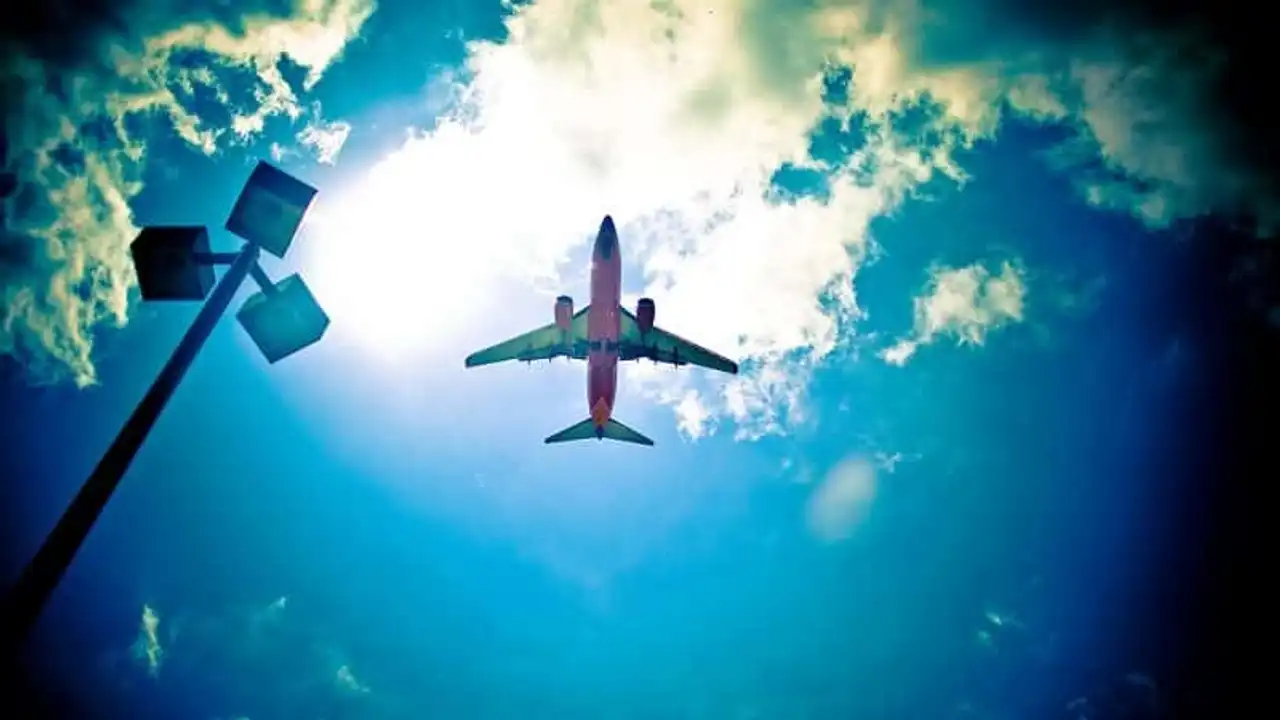If your plane is about to crash, should the pilot keep you informed of it, at the risk of creating a panic movement?
You have all heard it at least once in your life: plane is the safest means of transport of all. This is quite true. But what happens when a problem occurs? Should the pilot notify you? If so, would it not unravel a stunt panic?
Development
When there is a real danger to the life of the aircraft’s passengers, the pilot in collaboration with the entire crew is obliged to keep them informed.
For example, if the landing turns out to be risky or dangerous, if the aircraft is to land in a sudden way or if the aircraft falls sharply, it is imperative for the pilot to enter a countdown to prepare passengers for future manoeuvres.
But is it that the pilot and his crew (copilot, flight technician, hostess and stewards) are required to inform all that is happening on the plane? Do they know how to manage a crisis situation calmly?
Unless there is a danger of death for passengers, the aircrew is not required to indicate to the passengers what is happening and only the aircraft pilot is capable of making such a decision.

Photo credit: Flickr – Vox Efx
Is there a pilot on the plane?
Similarly, it is important to know that a classic line plane always has at least two or three drivers, especially for long-haulers.
When the aircraft contains only two pilots and one of them is unable to fly (food indigestion, infarction, etc.), the aircraft remains in the hands of the remaining pilot: the aircraft is then officially in an emergency situation and must be on the nearest terrain.
Although all aircraft can be piloted by a single man and each pilot is trained to manage and react in critical situations, it remains, however, that he must quickly land and in this case prevent passengers.
3 secrets from the pilots
We already told you secrets of pilots, air hostess and stewards , and in that same idea, we give you three facts that the pilots don't tell us by plane.
- There is only 15 minutes of oxygen in the masks that fall during the depressurization of the cabin: it seems little, but when such an event occurs, the pilot has this period of time to return to the floor of 10,000 feet of regulatory altitude.
- A plane lands more brutally when it rains: it is to avoid aquaplaning and get a more firm landing than the pilot performs a more brutal manoeuvre.
- A plane can fly with a single engine: each pilot is trained and trained on simulators to fly and land with a single engine.
For this type of incident, it is the decision of the chief pilot that prevails. As a general rule, passengers should not be unnecessarily concerned so as not to create a panic situation that would only worsen the existing situation.
The statistics are also there to confirm it, the aircraft is, in spite of all, the safest means of transport in the world.








Loading comments ...